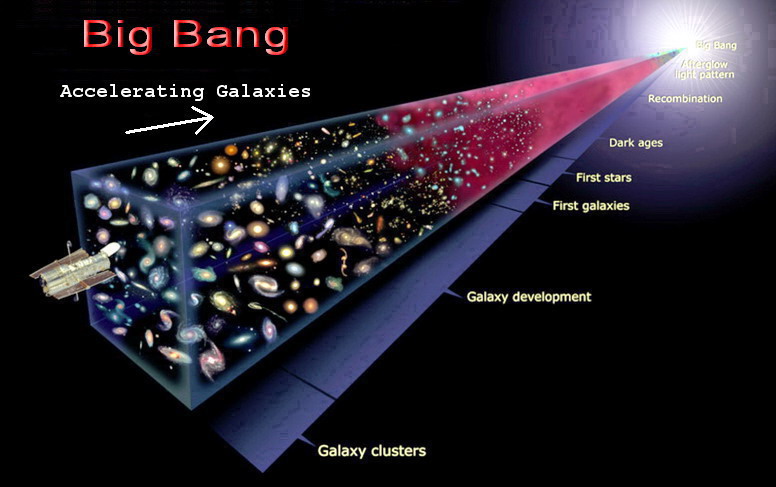

This results in an increase in table storage space and degraded performance due to otherwise avoidable disk IO during scans. This causes the rows to continue consuming disk space and those blocks are scanned when a query scans the table. In Redshift, when rows are DELETED or UPDATED against a table they are simply logically deleted (flagged for deletion), not physically removed from disk.

REDSHIFT VACUUM FULL

Treats the specified number of rows as file headers and does not load them. The format in which the provided S3 files are compressed in. Null values are loaded as null regardless. Otherwise, empty string values in the input documents are loaded as null. If selected, empty string values in the input documents are loaded as empty strings to the string-type fields. Truncate column values which are larger than the maximum column length in the table. By default, the load stops on the first error.Įxample: 10 (if you want the pipeline execution to continue as far as the number of failed records is less than 10) A maximum number of rows which can fail before the bulk load operation is stopped. Invalid UTF-8 characters are replaced with a question mark when loading.
REDSHIFT VACUUM UPDATE
Update table statistics after data load by performing an analyze operation on the table.Īccept invalid characters in the input. If the S3 Folder property is left blank, the staging file will be stored in the bucket. See Redshift Account for informa tion on setting up this type of account. The S3 Folder property may be used for the staging file. This Snap uses account references created on the Accounts page of SnapLogic Manager to handle access to this endpoint. The S3 Bucket, S3 Access-key ID, and S3 Secret key properties are required for the Redshift- S3 Upsert Snap. Please note this feature is supported in the EC2-type Groundplex only. Jcc.jvm_options = -DIAM_CREDENTIAL_FOR_S3=TRUE To enable this feature, the following line should be added to global.properties and the jcc (node) restarted: The IAM credential stored in the EC2 metadata is used to gain access rights to the S3 buckets. The 'IAM_CREDENTIAL_FOR_S3' feature is used to access S3 files from EC2 Groundplex, without Access-key ID and Secret key in the AWS S3 account in the Snap.



 0 kommentar(er)
0 kommentar(er)
